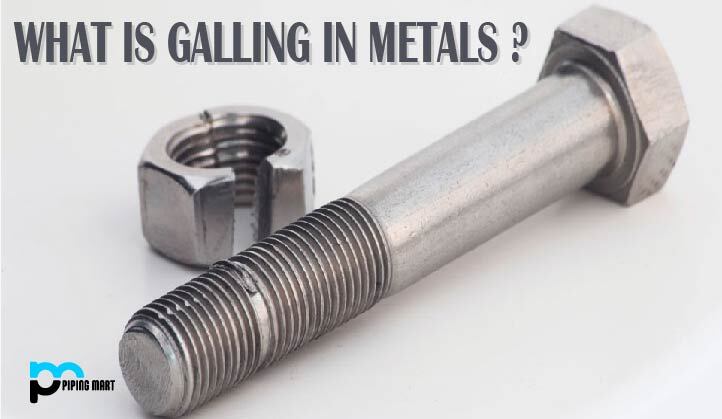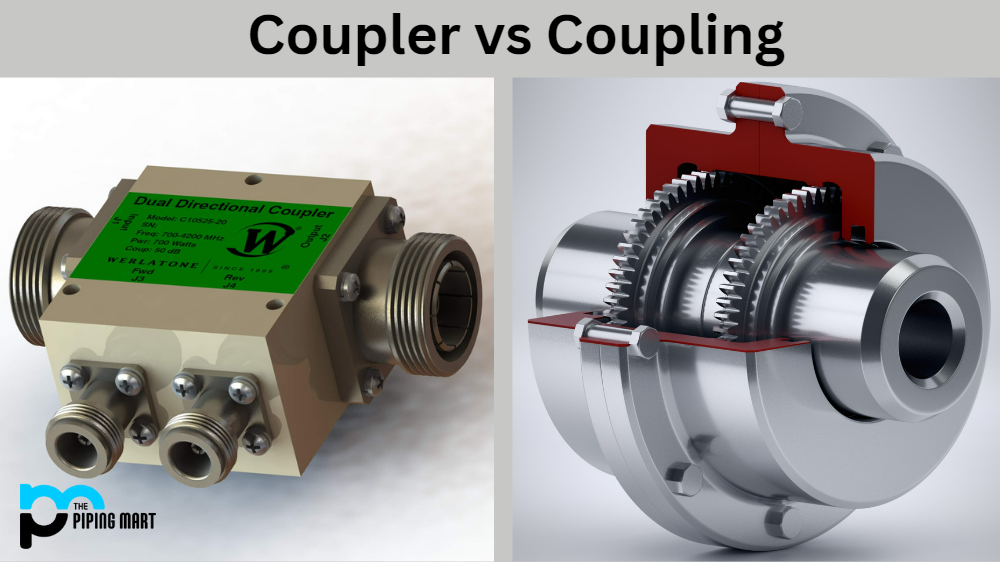Friction is one of the most common yet frustrating factors in the metal industry and needs attention to control time. Because friction can cause excessive heat generation, worn edges and tools, and damages overall parts further, it can also result in galling. It is essential to understand the phenomenon of galling, materials that are susceptible to galling, and typical methods that work well in controlling galling.
What is galling?
Galling is a process of wear that allows the metal to unintentionally attach to other metal that comes in contact with it. The attachment results in the metal separation from the primary component, where it is primarily attached. Galling typically occurs rapidly compared to after a large number of cycles. Although the different processes of affection damage the material further. Seldom galling phenomena can happen at the minute level.
In contrast, other times, galling may generate enormous, clearly noticeable metal wear on bolts or pistons. There are fewer chances of elimination of the usefulness of the metal component in microscopic galling. Except for services with tight tolerances, even tiny galling can be enough to cause performance failures. Galling is a unique process and differs from other forms of wear concerning adhesion. The phenomenon of wear involves erosion of one metal when it comes in contact with another material. Still, galling makes the metal adhere to the other material which comes in its communication.
What are the reasons behind Galling?
Galling occurs as a consequence of friction forces that are great enough to produce adhesive wear. Fundamentally, galling occurs after close contact of two or more metals with one another under very high pressures. The galling process also demands ductile material and has a crystal structure that supports cohesive performance. Several metals show these characteristics, and due to this, galling frequently occurs on metal materials. For the galling process to occur, another critical requirement is that a large amount of frictional force. Here, friction offers the necessary energy and allows the adhesion of two metals. Galling occurs when three components such as friction, ductility, and cohesive attraction present in one plane. It means galling can frequently change more flexible metals after coming in association with high pressures.
What types of metals show susceptibility to galling?
Metals such as aluminum and stainless steel austenitic grade are a couple of the most famous metals that firmly confront galling issues. Several other metals, such as hardened materials like tool steels and martensitic stainless steel, are less expected to reflect the galling process.
What is the suitable time for galling?
When metals are placed under high amounts of friction with two metals, nearby then they are more susceptible to galling. Stainless steel and aluminum fasteners are amongst the typical example of galling. It shows galling due to the friction force that its products undergo after it torqued. Any metal machinery, after exposing to excess friction, then it holds the high risk for galling.
Ways to prevent Galling
Here are several excellent ways to avoid galling; It is better to choose a metal with no effect on hardening tools. While using lubricant, ensure to lower the amount of friction. Ensure to lower the frictional force in applications by choosing a more inferior thread.

Pipingmart is B2B portal specializes in industrial, metal and piping products. Also, share latest information and news related to products, materials and different types grades to help business dealing in this industry.




